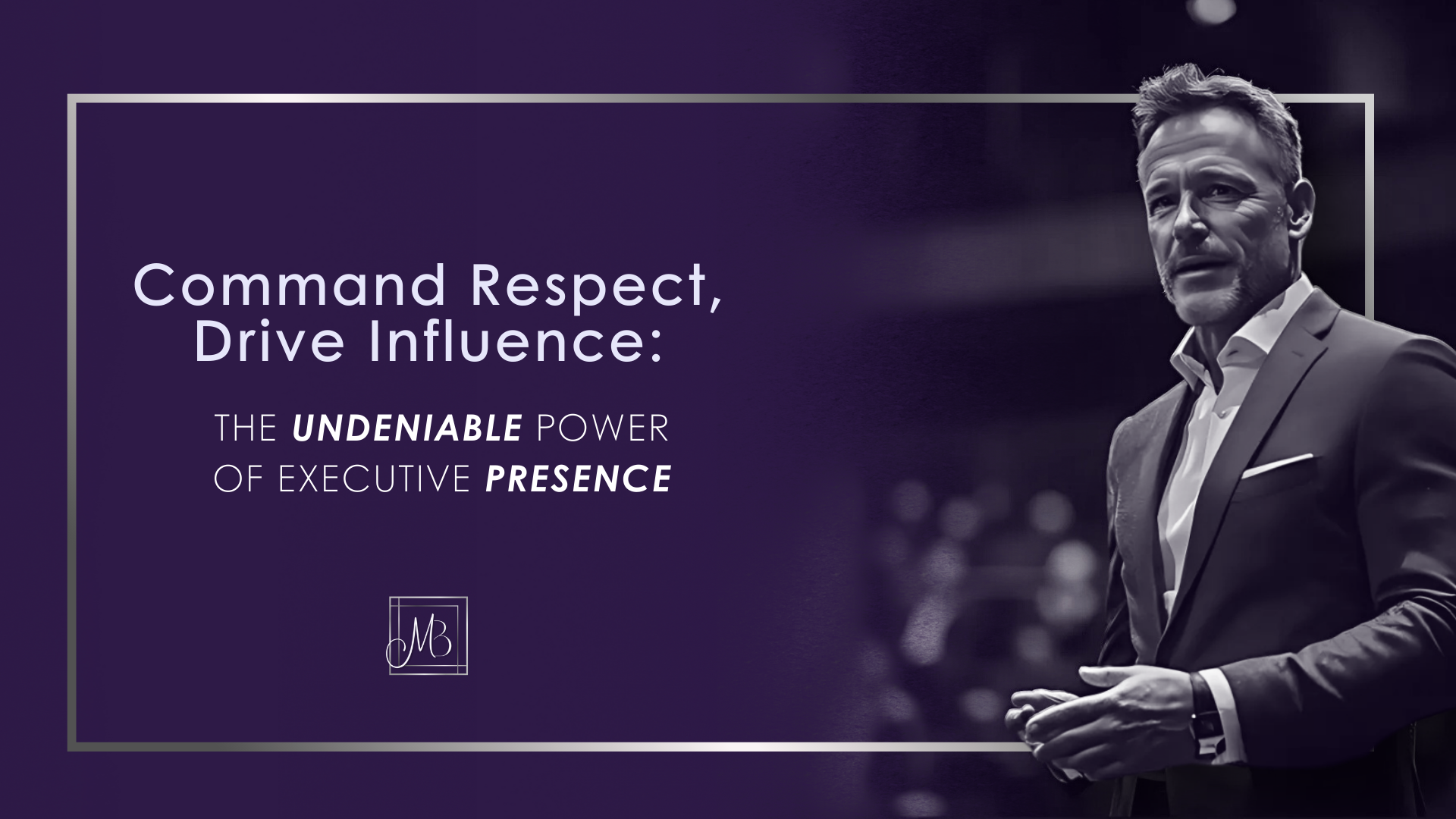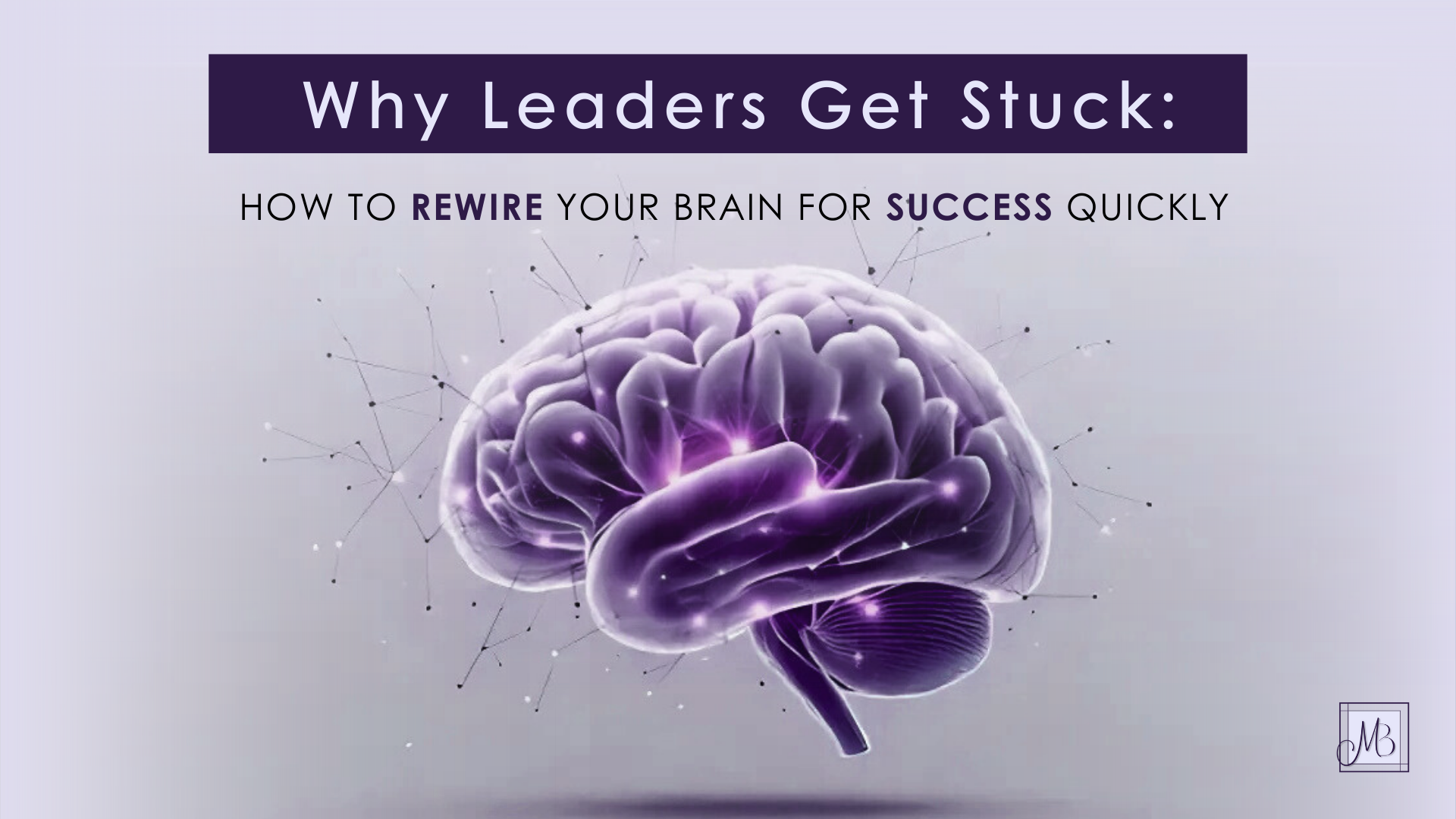In the middle of a high-stakes strategy session, the CEO’s voice started rising. Tensions were high. The room was charged. A key deal was slipping, the CFO was pushing back, and someone had just leaked internal numbers to the press. At that moment, emotional regulation in leadership became crucial.
Everyone turned toward the VP of Operations, waiting for a reaction. She didn’t flinch. No dramatic rebuttal. No visible panic. Just a calm pause, a deep breath, and then: “Let’s clarify what we know before we project what we fear.”
That moment changed the room.
What she demonstrated wasn’t just “calm under pressure.” It was emotional regulation—an often overlooked but transformative pillar of leadership presence, the kind that turns volatility into vision.
In leadership, we’re often rewarded for decisiveness, action, and charisma. But in today’s high-stakes environments, emotional regulation in leadership is proving to be one of the strongest predictors of effectiveness, resilience, and influence.
The Strategic Edge Most Leaders Ignore
Emotional regulation isn’t about being nice. It’s about being effective and in control of your leadership.
When we talk about executive presence, we often default to surface traits—tone, posture, poise. But those are the outcomes. What drives them is often invisible: the internal capacity to manage emotion under pressure. In leadership, how you manage yourself affects how others perform.
A study from the Center for Creative Leadership found that leaders with strong self-regulation capabilities were 38% more likely to be rated as effective by their teams. [^1] And according to Harvard Business Review, leaders who exhibit high emotional regulation foster more resilient teams and have better long-term outcomes, even in crisis. [^2]
This is not about emotional suppression. It’s about discernment. It’s knowing when to speak and when to pause. When to hold the line and when to soften it. More importantly, you should learn how to lead yourself before you attempt to lead others.
When Emotion Hijacks Leadership
Neuroscience calls it an “amygdala hijack”—when a perceived threat triggers the part of the brain responsible for fight, flight, or freeze. The amygdala, a small almond-shaped structure in the brain, is responsible for processing emotions. When it perceives a threat, it can override the rational part of your brain, leading to impulsive and often unproductive reactions. That “threat” could be a missed target, a public challenge to your idea, or an unexpected resignation in business.
In that moment, logic disappears. So does presence. The room can sense it.
Unregulated emotions don’t just make a leader reactive—they make them unpredictable. And unpredictability undermines psychological safety, which research shows is the foundation of high-performing teams. [^3]
Over time, patterns emerge:
- Defensiveness in meetings.
- Escalating tone under pressure.
- Micro-managing when stakes are high.
- Withdrawing during conflict or change.
These patterns are not character flaws. They’re symptoms of untrained regulation.
Reclaiming Your Response: Emotional Regulation in Action
Here’s the truth: this work isn’t flashy. You won’t get an award for staying calm in a tense room. But you will gain trust, stability, and long-term influence, which should reassure you of the power of emotional regulation in leadership.
Leaders who regulate emotion don’t just appear composed—they actually are formed, because they’ve built the muscle for it. And like any muscle, it requires practice.
Here are a few micro-habits to build emotional regulation in leadership:
- Use the 90-second rule. Neuroscientist Dr. Jill Bolte Taylor explains that the physiological lifespan of an emotion is just 90 seconds—unless we feed it with thought. Give yourself that window to breathe and observe before reacting.
- Name it to tame it. Label what you’re feeling (“I’m anxious,” “I’m irritated,” “I’m feeling dismissed”). Research shows that naming emotions reduces intensity by activating the brain’s reasoning center.
- Reframe urgency. Replace “this has to be fixed now” with “this is important and deserves thoughtful action.” That slight mental shift moves you from reaction to response.
- Notice your physical cues. Clenched jaw? Raised voice? Rushed speech? These are signals. Slow them down, and your brain will follow.
It’s not about perfection but about awareness and real-time adjustment.
Why Emotional Regulation Is a Leadership Imperative
In today’s leadership landscape, the line between burnout and brilliance is razor-thin. More decisions. More scrutiny. Less certainty. Your ability to navigate everything doesn’t depend on how loud your voice is—it depends on how well you can hear yourself before speaking.
That’s why emotional regulation in leadership is not a “nice-to-have” anymore. It’s the skill that separates managers from true leaders—the difference between temporary control and sustained influence.
And here’s the most important part: the way you regulate your own emotions sets the tone for your culture. Your team will mirror what you model.
Final Thought
If your goal is to lead with impact, not just activity, then your inner state matters as much as your strategy. The leaders who will thrive in the next decade won’t be the most reactive. They’ll be the most grounded.
Not because they were born that way, but because they trained for it.
Resources:
Center for Creative Leadership: Emotional Intelligence
Harvard Business Review: Emotional Agility
Jill Bolte Taylor: 90-Second Rule





















